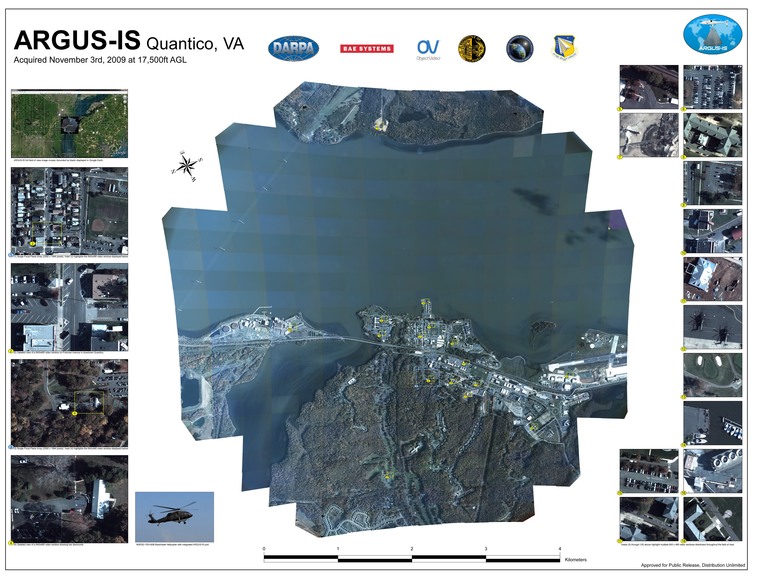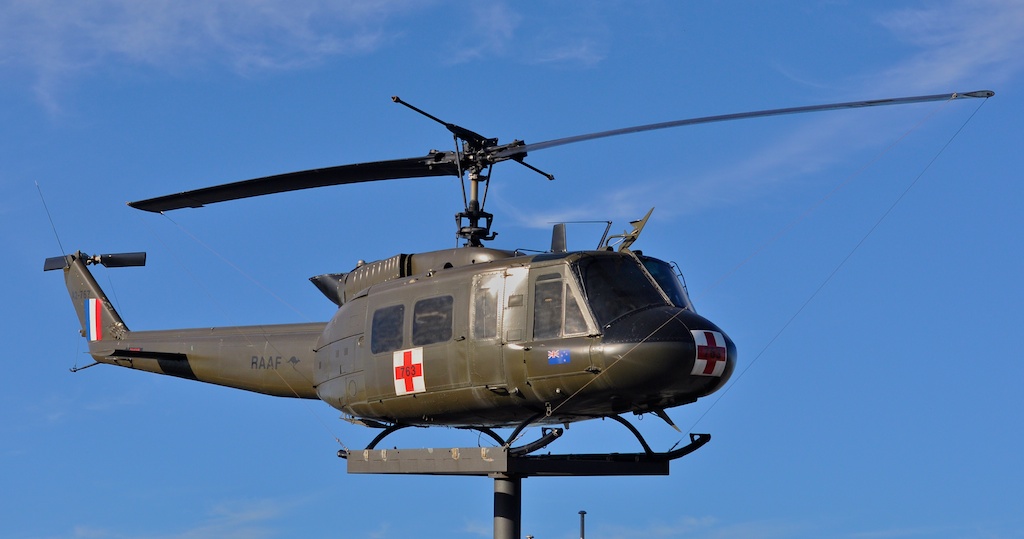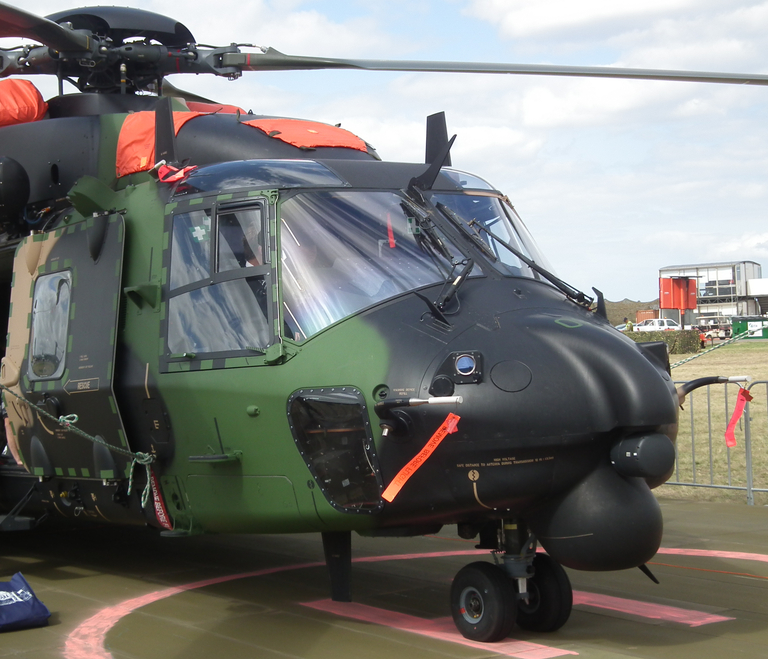|
||||||||||||||||||||||
![Home - Air Power Australia Website [Click for more ...]](APA/APA-Title-Main.png) |
||||||||||||||||||||||
![Sukhoi PAK-FA and Flanker Index Page [Click for more ...]](APA/flanker.png) |
![F-35 Joint Strike Fighter Index Page [Click for more ...]](APA/jsf.png) |
![Weapons Technology Index Page [Click for more ...]](APA/weps.png) |
![News and Media Related Material Index Page [Click for more ...]](APA/media.png) |
|||||||||||||||||||
![Surface to Air Missile Systems / Integrated Air Defence Systems Index Page [Click for more ...]](APA/sams-iads.png) |
![Ballistic Missiles and Missile Defence Page [Click for more ...]](APA/msls-bmd.png) |
![Air Power and National Military Strategy Index Page [Click for more ...]](APA/strategy.png) |
![Military Aviation Historical Topics Index Page [Click for more ...]](APA/history.png)
|
![Intelligence, Surveillance and Reconnaissance and Network Centric Warfare Index Page [Click for more ...]](APA/isr-ncw.png) |
![Information Warfare / Operations and Electronic Warfare Index Page [Click for more ...]](APA/iw.png) |
![Systems and Basic Technology Index Page [Click for more ...]](APA/technology.png) |
![Related Links Index Page [Click for more ...]](APA/links.png) |
|||||||||||||||
![Homepage of Australia's First Online Journal Covering Air Power Issues (ISSN 1832-2433) [Click for more ...]](APA/apa-analyses.png) |
||||||||||||||||||||||
| Last Updated: Mon Jan 27 11:18:09 UTC 2014 | ||||||||||||||||||||||
|
||||||||||||||||||||||
|
Digital Versus Wet
Film Photographic Imaging
Technical Report APA-TR-2012-0301 |
|||||||||||||||||||||||||||||||||||||||||||||||||||||||||||||||||||||||||||||||||||||||||||||||||||||||||||||||||||||||
by Dr Carlo Kopp, AFAIAA, SMIEEE, PEng March 2012 Text, Line Art © 2009 - 2012 Carlo Kopp |
|||||||||||||||||||||||||||||||||||||||||||||||||||||||||||||||||||||||||||||||||||||||||||||||||||||||||||||||||||||||
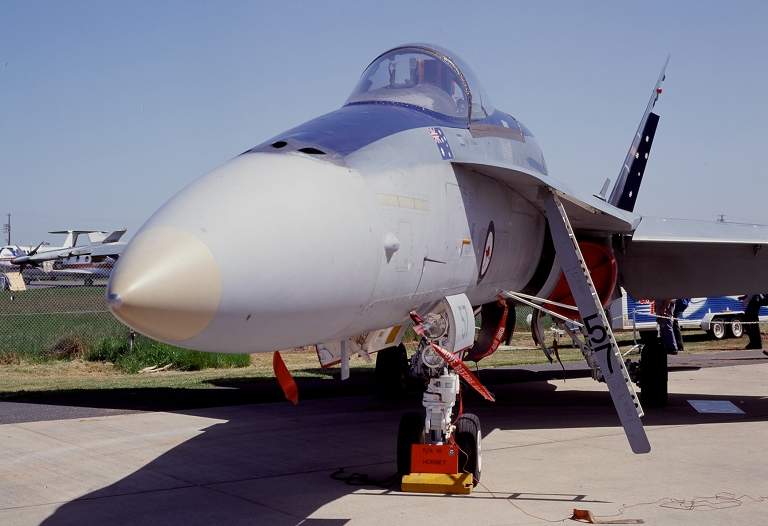 3
SQN RAAF F/A-18A then flown by then WGCDR Dave Pietsch, photographed
using a Mamiya M645/1000S fitted with a Sekor C 80 mm f2.8, using 100
ASA wet film.
|
|||||||||||||||||||||||||||||||||||||||||||||||||||||||||||||||||||||||||||||||||||||||||||||||||||||||||||||||||||||||
Introduction |
|||||||||||||||||||||||||||||||||||||||||||||||||||||||||||||||||||||||||||||||||||||||||||||||||||||||||||||||||||||||
|
The boundaries between commercial
photographic and military visible band imaging technology have always
been permeable, in the sense that technological developments in either
domain have tended to migrate into the other. While specialised
military imaging devices such as airborne 4 inch wet film cameras had
no common commercial equivalents, wet film media and formats mass
produced for commercial users have over the decades found repeated use
in military applications. Most military photography using handheld
equipment since the 1940s has relied on professional,
semi-professional, and sometimes amateur grade commercial equipment.
The explosive growth in consumer digital cameras, and the parallel growth of camera chips in cellular telephones has become the principal driving force in the technology of digital imaging. A decade ago commercial camera chips began to appear in some specialised military digital equipment such as reconnaissance pods. The trend will continue, as Moore's Law drives up the performance and imaging resolution of commercial imaging sensors, at this time primarily fabricated using CMOS processes. The most remarkable recent example of technology crossover in this domain is the DARPA sponsored BAe Systems ARGUS-IS (Autonomous Real-Time Ground Ubiquitous Surveillance Imaging System) pod. This 5 metre long pod design employs no less than three hundred and sixty eight (368) visible band CCD imaging sensors, each with 5 Megapixel resolution, grouped into four camera systems, to provide an aggregate ability to simultaneously image up to 1.8 Gigapixels. The CCD imaging chips are of a type used in mobile phone cameras, with a frame update rate of 12 – 15 frames per sec, about half the frame rate required for cinema or television broadcast quality. The ARGUS-IS internal data processing system with 28 parallel processors is claimed to be able to handle 400 Gigabits/sec of data. The prototype pod has been carried on a YEH-60B Blackhawk helicopter, but was intended for fixed and rotary wing UAV employment. The demonstrator employs a 274 Megabit/s TCDL downlink to transmit imagery to a ground station – this is well below the data rate of the sensor package. 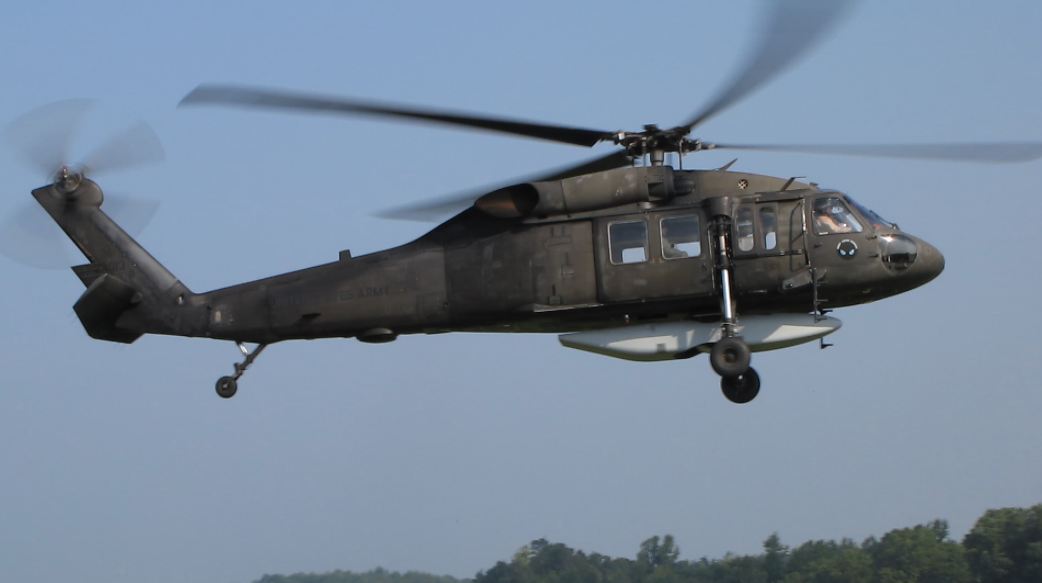 Argus IS pod under a YEH-60B
Blackhawk helicopter (DARPA).
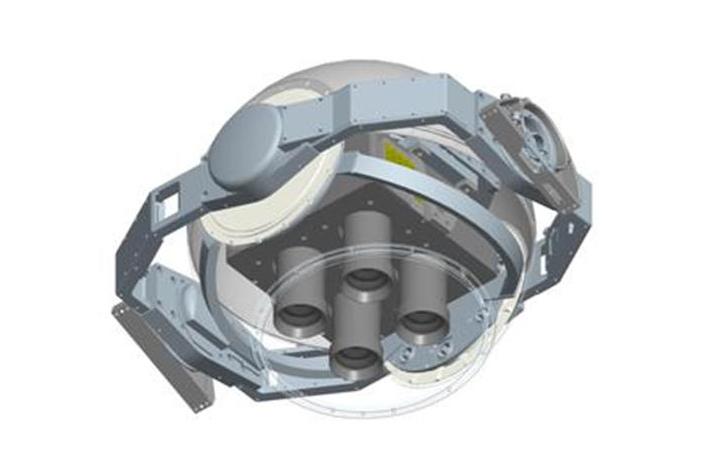 Argus IS pod optical platform
(DARPA).
Argus IS pod mosaic image - clink
to enlarge (DARPA).
With high volume commercial imaging sensor
chips now crossing the 20 Megapixel boundary, it is reasonable to
expect increasing use of such devices in military applications. Film
has been displaced by digital imaging in nearly all military
applications, and in the visible bands, the enormous development
investments of commercial suppliers will continue to be exploited.
|
|||||||||||||||||||||||||||||||||||||||||||||||||||||||||||||||||||||||||||||||||||||||||||||||||||||||||||||||||||||||
Digital versus Wet Film Imaging Performance |
|||||||||||||||||||||||||||||||||||||||||||||||||||||||||||||||||||||||||||||||||||||||||||||||||||||||||||||||||||||||
| A question which frequently arises is whether
commercial digital cameras produce “better” imagery than
commercial film cameras
and scanners. This is a somewhat vexed question, given the enormous
differences between various digital and film cameras, in terms of lens
performance, CCD/CMOS array noise versus film emulsion grain
performance, anti-aliasing and demosaicking algorithm performance, and
specific lighting conditions on the day. The usual argument then often distills down “what number of Megapixels in a scan of a film frame is equivalent to what number of Megapixels in a digital camera image?”; assuming of course all else being “equal”. This question is more easily answered, as it is a straightforward application of Nyquist's sampling theorem. Most digital cameras employ Bayer pattern technology to separate red, green and blue channels. The Bayer pattern is an effective way of reducing imaging array complexity, by exploiting the limitations of the typical human eye, which can resolve objects more sharply in monochrome, compared to the red, green and blue bands, yet the eye is typically most colour sensitive in the green band. If we assume that the spacing between pixels is geometrically equal, and of value a, then in a typical linear CCD scanner used to digitise slides or negatives, each pixel is imaged in the red, green, and blue bands, and the highest spatial frequency in the image which can be captured without aliasing is exactly one half of the spatial frequency determined by the spacing between pixels, a. 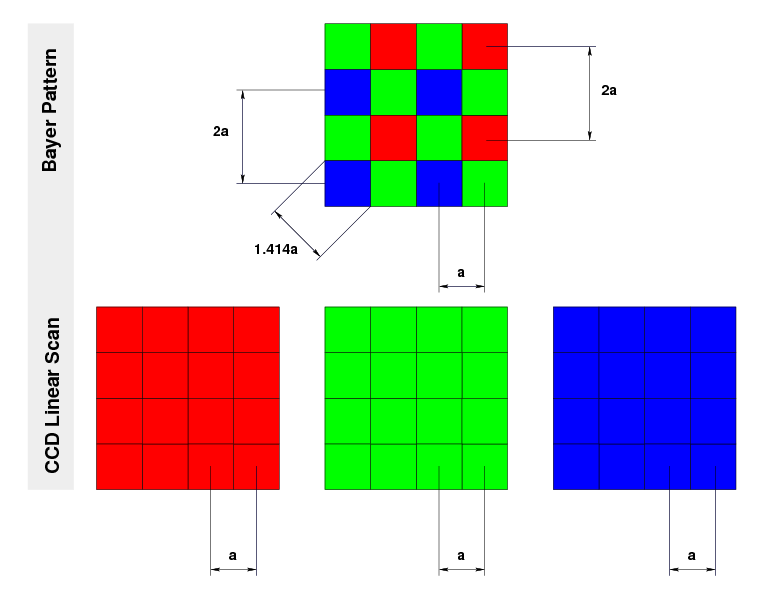 Let us now consider the Bayer pattern CCD/CMOS chip. If this chip has an equal spacing between pixels, then if it images in the green band, the shortest distance between pixels is 1.414 x or sqrt(2) x a. This sets a hard limit in turn on the spatial frequency the chip can image, to one half of the spatial frequency determined by the spacing between pixels, 1.414 x a. Applying the same argument to the red and blue channels, yields 2 x a. What does this mean in terms of “Megapixels”? When people describe imaging performance in Megapixels, it is a measure of sampling density across an area, so assuming equal or similar aspect ratios in image frames, we simply square the representative ratios. The aim is to find how many more Megapixels does a Bayer pattern CCD/CMOS chip need compared to a film scanner, to achieve the same spatial frequency and thus image sharpness. The same argument, incidently, can also be applied to comparisons between imaging site (pixel) density in the Foveon technology CCDs. The green channel determines the ultimate limits in image sharpness for the Bayer pattern CCD/CMOS chip, which must have in this ideal case twice as many Megapixels compared to a good quality scan of a wet film frame. If the scene being imaged has large areas of finely textured red or blue colour, then resolution in the red or blue bands becomes a quality factor. In both the red and blue channels, the Bayer pattern CCD/CMOS chip needs four times the number of Megapixels required by the scanner. This limitation of the Bayer pattern is typically prominent where the image contains large areas of highly saturated blue or red. Where all red or blue areas in the image have low saturation, or areas have other colours with substantial green spectral content, then software in the camera can be employed to interpolate, and use all three colours to achieve nominal Megapixel resolution. Four sample images of PC-9/A aircraft at the end of this report provide a good example. The images produced by the digital cameras are very good, but lack the fine texture in the smoothly curved and polished red areas which are well captured by the Noritsu HS-1800 scanner off the 120 format roll film. The fifth and sixth images of automobiles, scanned by a Fuji Frontier SP-3000, show similar behaviour. This effect is a direct result of the fine surface texture and spectral composition of the reflection. For comparison, the two images of helicopters, dominated by green and yellow tones, are exceptionally sharp and well textured. Put simply, the Bayer pattern performs best with imagery containing strong green content. Prima facie this suggests that it is not yet time to discard wet film cameras, especially if they are a high quality medium format design. But theoretical imaging resolution is not the whole story. Modern digital cameras have often sophisticated autofocus mechanisms, and often very smart aperture/shutter control algorithms. Moreover, good DSLRs or superzooms have multiple image stabilisation mechanisms to compensate for fine jitter. Many digital cameras include sharpening algorithms. These features are typically absent in film cameras, and the result are often photographer-induced defects in exposure, field of focus and fine jitter. Film grain is another impediment to high quality in wet film images. Many films which on paper have respectably low RMS grain size are disappointing in practice. While the RMS grain value may be low, the statistical properties of the grain may still be such, that grain will be present at sizes comparable to a pixel and impair the image. While noise produces a similar impediment in CCD/CMOS imaging chips, it is generally less prominent than film grain, and also can be better managed by the design of the imaging sensor. A factor often ignored in marketing literature is the physical size of the pixels in a CCD or CMOS imaging chip. At a constant chip size, increasing the number of pixels reduces the area of each pixel, in turn reducing the number of photons it can capture. Less photons captured in turn means lower Signal / Noise Ratio (SNR) and thus noisier image. Typically lenses are designed for some imaging area, be it chip or film, and this sets contraints, as does the manufacturing yield of the imaging chip. Excessive noise can degrade a digital image just as effectively as grain can degrade a film image. In conclusion, digital imaging technology using CCD or CMOS imagers will outperform scanned film, but only if the imaging device has a sufficent pixel count. |
|||||||||||||||||||||||||||||||||||||||||||||||||||||||||||||||||||||||||||||||||||||||||||||||||||||||||||||||||||||||
Resources |
|||||||||||||||||||||||||||||||||||||||||||||||||||||||||||||||||||||||||||||||||||||||||||||||||||||||||||||||||||||||
|
|||||||||||||||||||||||||||||||||||||||||||||||||||||||||||||||||||||||||||||||||||||||||||||||||||||||||||||||||||||||
|
135 / 35 mm Slide Scan Resolutions |
|||||||||||||||||||||||||||||||||||||||||||||||||||||||||||||||||||||||||||||||||||||||||||||||||||||||||||||||||||||||
| 36 mm x 24 mm = 1.417
in.
x
0.945 in. |
|||||||||||||||||||||||||||||||||||||||||||||||||||||||||||||||||||||||||||||||||||||||||||||||||||||||||||||||||||||||
|
|||||||||||||||||||||||||||||||||||||||||||||||||||||||||||||||||||||||||||||||||||||||||||||||||||||||||||||||||||||||
|
120 / 220 / 6 x 4.5 cm Slide Scan Resolutions |
|||||||||||||||||||||||||||||||||||||||||||||||||||||||||||||||||||||||||||||||||||||||||||||||||||||||||||||||||||||||
| 56 mm x 45 mm = 2.36 in. x 1.77 in. | |||||||||||||||||||||||||||||||||||||||||||||||||||||||||||||||||||||||||||||||||||||||||||||||||||||||||||||||||||||||
|
|||||||||||||||||||||||||||||||||||||||||||||||||||||||||||||||||||||||||||||||||||||||||||||||||||||||||||||||||||||||
|
Representative Film Resolving Power Examples [1985 - 2010] |
|||||||||||||||||||||||||||||||||||||||||||||||||||||||||||||||||||||||||||||||||||||||||||||||||||||||||||||||||||||||
|
|||||||||||||||||||||||||||||||||||||||||||||||||||||||||||||||||||||||||||||||||||||||||||||||||||||||||||||||||||||||
 These normalised MTF curves were
produced by sampling MTF curves in Kodak and Fujifilm datasheets, and
producing a smoothed plot of these sample points, normalised to the
peak response. As the curves are shallow at the point of intersection
with the 50% MTF line, caution should be exercised in interpreting the
curves - they should be treated as indicative rather than absolute. As
neither manufacturer has disclosed tolerancing data for their published
MTF curves, actual performance may vary and where the plotted film
sharpness is very close, the relative rankings might not be reflected
in actual film performance. Empirical observation suggests some of the
published curves may be pessimistic, especially for the older film
types.
|
|||||||||||||||||||||||||||||||||||||||||||||||||||||||||||||||||||||||||||||||||||||||||||||||||||||||||||||||||||||||
|
Representative Slide and Print Film RMS Grain |
|||||||||||||||||||||||||||||||||||||||||||||||||||||||||||||||||||||||||||||||||||||||||||||||||||||||||||||||||||||||
| Sampling
Strategies: Strategy A: Nyquist (pixel width ≤ 0.5 ∗ RMS Grain) Strategy B: Pixel as integrator (pixel width ≥ 2 * RMS Grain) |
|||||||||||||||||||||||||||||||||||||||||||||||||||||||||||||||||||||||||||||||||||||||||||||||||||||||||||||||||||||||
|
|||||||||||||||||||||||||||||||||||||||||||||||||||||||||||||||||||||||||||||||||||||||||||||||||||||||||||||||||||||||
|
Representative Scanner Resolution
Performance
|
|||||||||||||||||||||||||||||||||||||||||||||||||||||||||||||||||||||||||||||||||||||||||||||||||||||||||||||||||||||||
|
|||||||||||||||||||||||||||||||||||||||||||||||||||||||||||||||||||||||||||||||||||||||||||||||||||||||||||||||||||||||
|
Representative Imagery Examples |
|||||||||||||||||||||||||||||||||||||||||||||||||||||||||||||||||||||||||||||||||||||||||||||||||||||||||||||||||||||||
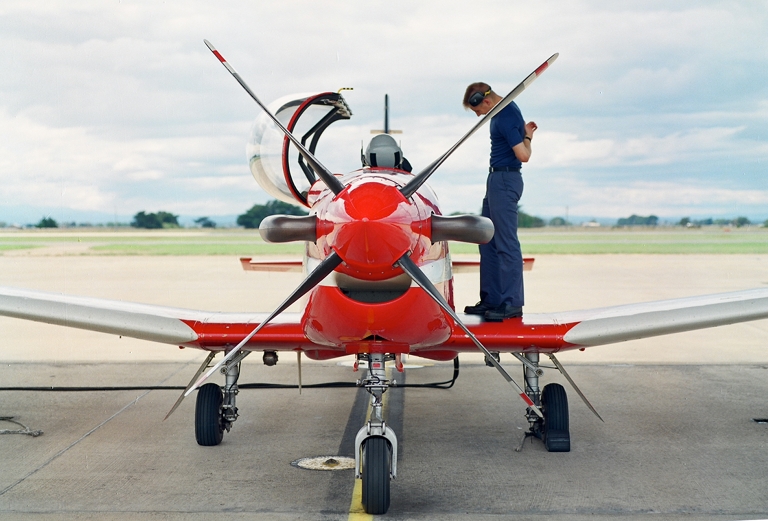 PC-9/A
aircraft
scanned
to
1200
PPI
/
5.8
Megapixels
from
a
120 / 645 frame of
Fuji SHGII 100 film, cropped and reduced to 768 pixel width. Note
the prop spinner (Mamiya 645/1000S).
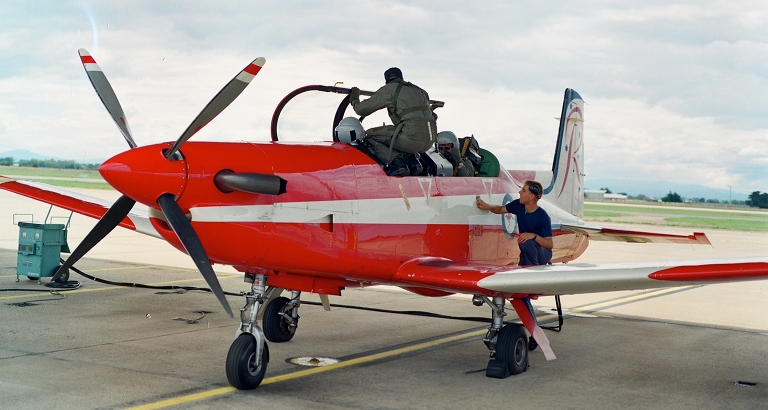 |
|||||||||||||||||||||||||||||||||||||||||||||||||||||||||||||||||||||||||||||||||||||||||||||||||||||||||||||||||||||||
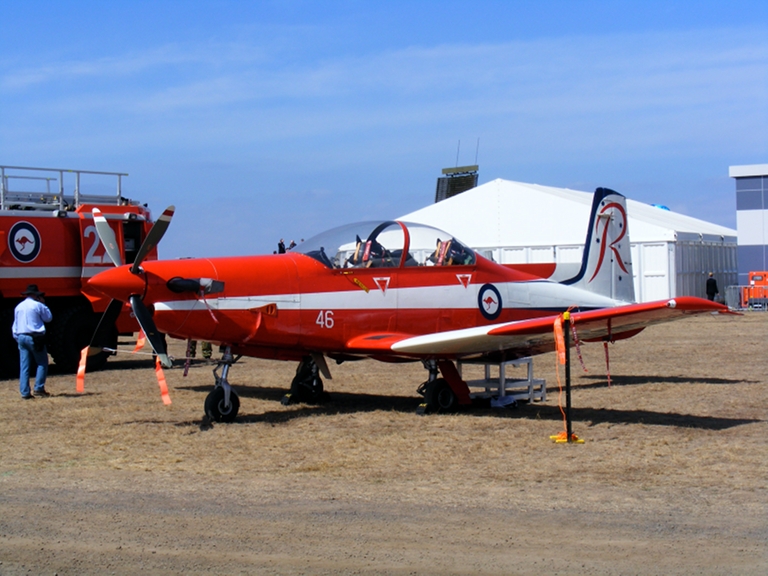 PC-9/A
aircraft
imaged
by
Bayer
pattern
CCD
digital
camera
at
5.1
Megapixels
(below) and 8.0 Megapixels (above), and reduced to 768 pixel width
(Fuji S5600 and S5800).
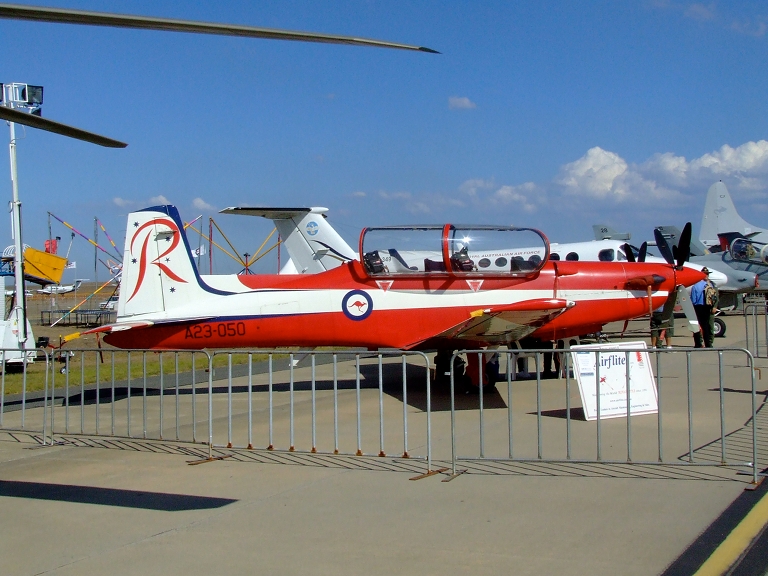 |
|||||||||||||||||||||||||||||||||||||||||||||||||||||||||||||||||||||||||||||||||||||||||||||||||||||||||||||||||||||||
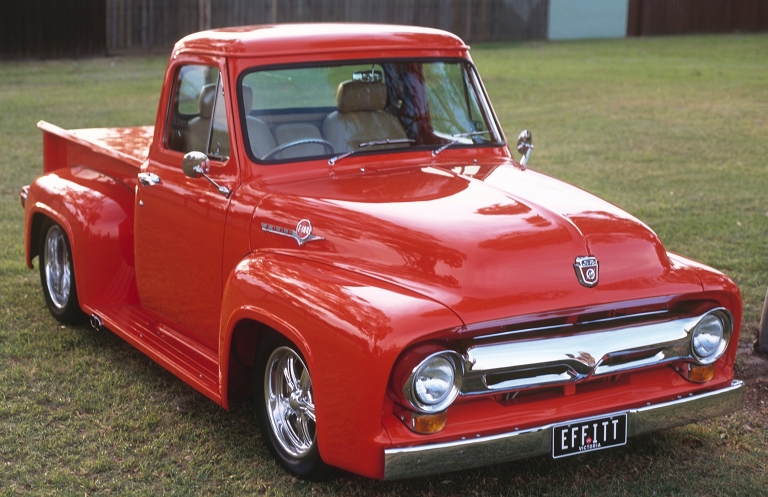 Ford F-100 Pickup, 1953, and Ford Mustang Fastback,
1966, shot with a Mamiya 645/1000S using Fuji Provia 100F and NPC 160,
and scanned using a Fuji Frontier SP-3000.
 |
|||||||||||||||||||||||||||||||||||||||||||||||||||||||||||||||||||||||||||||||||||||||||||||||||||||||||||||||||||||||
|
UH-1D Iroquois at the Dandenong
RSL, Victoria, Australia (UH-1D Iroquois at the Dandenong RSL,
Victoria, Australia (Image © 2011 Carlo Kopp; Sekor C 45 mm f/2.8N +
Fotodiox Pro adaptor / D90).
MRH-90 transport helicopter on
display at Avalon 2011 (Image © 2011 Carlo Kopp; Fujifilm HS10).
|
|||||||||||||||||||||||||||||||||||||||||||||||||||||||||||||||||||||||||||||||||||||||||||||||||||||||||||||||||||||||
 |
|||||||||||||||||||||||||||||||||||||||||||||||||||||||||||||||||||||||||||||||||||||||||||||||||||||||||||||||||||||||
|
Technical
Report
APA-TR-2012-0301
|
|||||||||||||||||||||||||||||||||||||||||||||||||||||||||||||||||||||||||||||||||||||||||||||||||||||||||||||||||||||||
|
|||||||||||||
![Sukhoi PAK-FA and Flanker Index Page [Click for more ...]](APA/flanker.png) |
![F-35 Joint Strike Fighter Index Page [Click for more ...]](APA/jsf.png) |
![Weapons Technology Index Page [Click for more ...]](APA/weps.png) |
![News and Media Related Material Index Page [Click for more ...]](APA/media.png) |
||||||||||
![Surface to Air Missile Systems / Integrated Air Defence Systems Index Page [Click for more ...]](APA/sams-iads.png) |
![Ballistic Missiles and Missile Defence Page [Click for more ...]](APA/msls-bmd.png) |
![Air Power and National Military Strategy Index Page [Click for more ...]](APA/strategy.png) |
![Military Aviation Historical Topics Index Page [Click for more ...]](APA/history.png)
|
![Information Warfare / Operations and Electronic Warfare Index Page [Click for more ...]](APA/iw.png) |
![Systems and Basic Technology Index Page [Click for more ...]](APA/technology.png) |
![Related Links Index Page [Click for more ...]](APA/links.png) |
|||||||
![Homepage of Australia's First Online Journal Covering Air Power Issues (ISSN 1832-2433) [Click for more ...]](APA/apa-analyses.png) |
|||||||||||||
| Artwork, graphic design, layout and text © 2004 - 2014 Carlo Kopp; Text © 2004 - 2014 Peter Goon; All rights reserved. Recommended browsers. Contact webmaster. Site navigation hints. Current hot topics. | |||||||||||||
|
Site Update
Status:
$Revision: 1.753 $
Site History: Notices
and
Updates / NLA Pandora Archive
|
|||||||||||||
|
|
Tweet | Follow @APA_Updates | |||||||||||
|
|
|||||||||||||
|
|
|||||||||||||
![F-111 Aardvark Index Page [Click for more ...]](APA/f-111.png)
![F/A-18 Hornet and Super Hornet Index Page [Click for more ...]](APA/fa-18a.png)
![Aerial Refuelling and Airlift Capabilities Index Page [Click for more ...]](APA/aar-lift.png)
![Directed Energy Weapons and Electromagnetic Bombs Index Page [Click for more ...]](APA/dew.png)
![Notices and Updates Index Page [Click for more ...]](APA/notices-128.png)
![APA NOTAM and Media Release Index Page [Click for more ...]](APA/notams-128.png)
![APA Research Activities and Policy / Technical Reports Index [Click for more ...]](APA/research-128.png)
![Search Air Power Australia Website [Click for more ...]](APA/search-128.png)
![Briefings and Submissions - Air Power Australia [Click for more ...]](APA/briefs-128.png)
![Air Power Australia Contacts [Click for more ...]](APA/contacts-128.png)
![Funding Air Power Australia [Click for more ...]](APA/funding-258.png)
